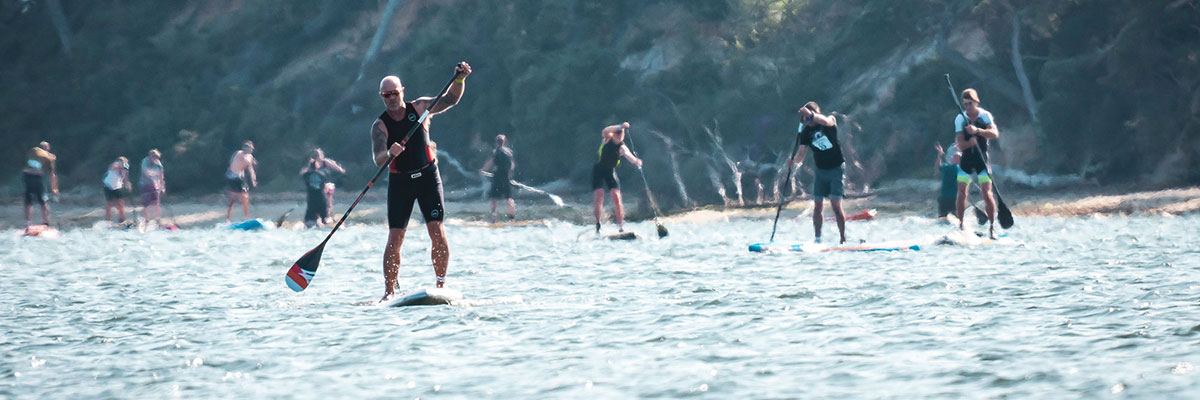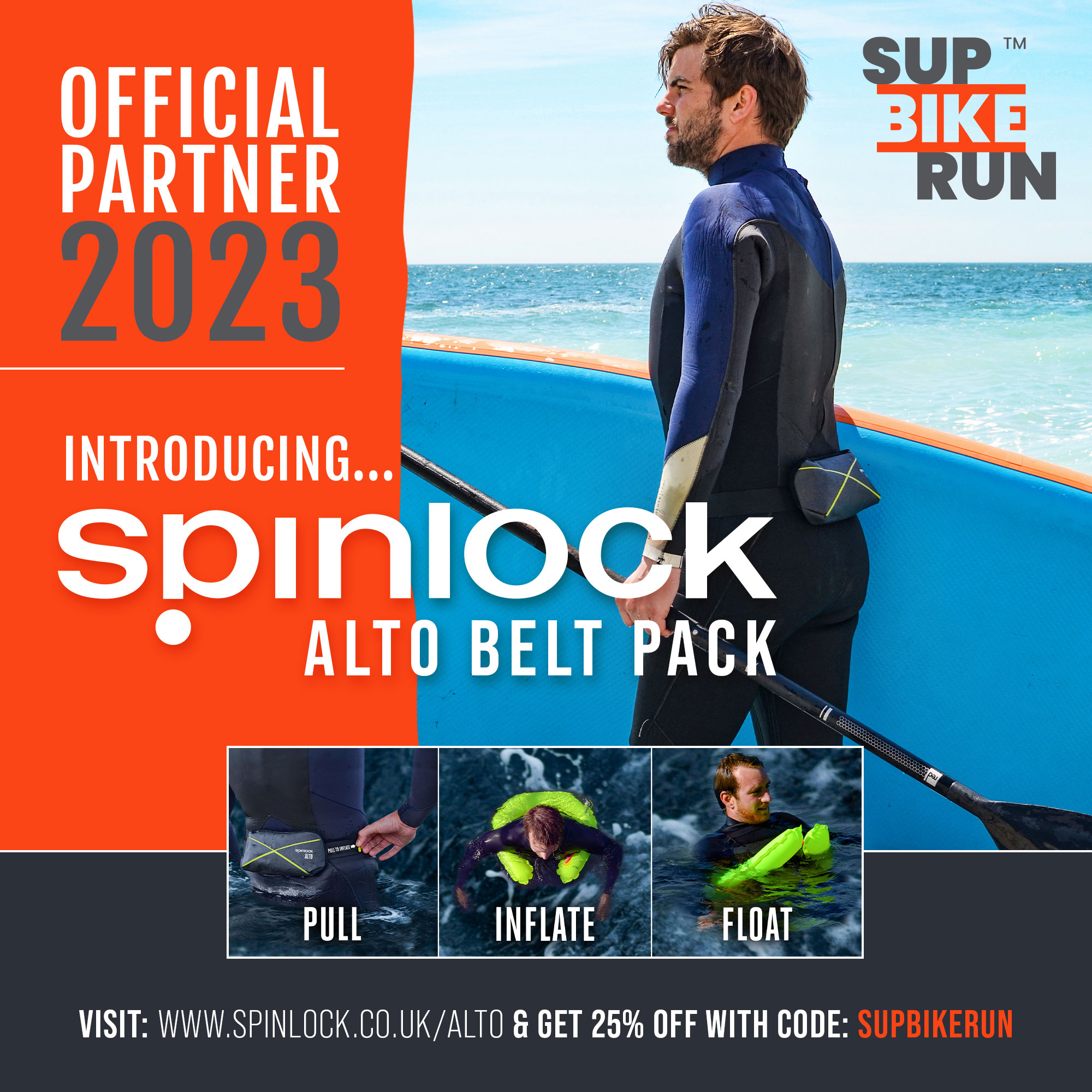
SUP training and muscle groups
Stand up paddle boarding is a relatively easy sport to learn and with the correct SUP training develops and works a full range of muscle groups. It’s very accessible and you can train at sea and on inland waterways including rivers, lakes, canals and even swimming pools.
Typically, following an introduction or SUP taster session most people are up on the board and paddling with confidence. The key then to getting ready for a SUPBIKERUN event is to increase your training, improve your paddle technique and build to a level where you can sustain 30 minutes of non-stop paddling. To a newcomer this may seem a little daunting but you will soon build up to this level.
SUP is a full body work out and really does work every muscle group from the tiniest muscles in your feet right up to the largest muscle groups in your back.
Feet
Your feet have over 100 muscles and when you first start standing on a SUP you may well experience cramps. This is simply because you are using tiny muscles for stability that you seldom use.
Legs
To sustain correct posture and balance you will work a range of muscles in your legs. Every time you paddle with a power stroke and bend your knees you work a range of muscles including your lower calf, upper calf, abductors, hamstrings, quads and your glutes.
Back, arms and core
– Correct SUP paddle technique means you use a range of muscles to pull your board across the surface of the water. Rather than using just your arms to pull the paddle to your body, you will use your Latissimus Dorsi (lats) and core to pull your body to the paddle. The lats are the largest muscle in your back and it’s the development of the lats that give the torso a wider, flared shape. It’s important that you use correct paddle technique, as over time this will prevent fatigue and burning in the arms. Your arms should be locked out as you rock over to submerge the entire paddle head in the water then pull your body to the upright paddle shaft. This ensures your lats take the load and you don’t simply rely on biceps and your arms to power you along.
Stand up paddle boarding truly is an amazing full body work out and short regular sessions will quickly result in toning, fat loss and development of muscle.
VIEW OUR EVENTS





